Introduction
Cooking is an art form that transcends cultural boundaries, bringing people together through the shared experience of flavorful dishes. Among the myriad of culinary delights, congee, a rice-based porridge, holds a special place in many hearts. Its simplicity and versatility make it an ideal canvas for a wide range of ingredients, from savory meats to delicate seafood. One such seafood that elevates congee to a gourmet experience is snowfish—a delicate, white-fleshed fish known for its mild flavor and tender texture. In this article, we will delve into the intricacies of making delicious snowfish congee, exploring every step from selecting the right ingredients to perfecting the cooking technique.
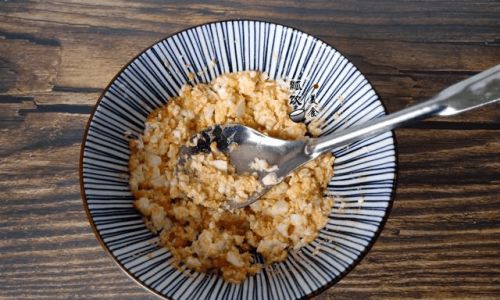
Section 1: Understanding Snowfish
Before diving into the recipe, it’s crucial to understand the star ingredient: snowfish. Snowfish, scientifically known as Gadus morhua in the case of Atlantic cod, belongs to the Gadidae family. This fish is highly valued for its firm, flaky flesh that’s both low in fat and rich in protein. Its mild taste makes it incredibly versatile, pairing well with a variety of flavors and spices.
When selecting snowfish for your congee, look for fillets that are firm to the touch, with a moist, shiny appearance. Avoid fillets that have a slimy texture or an off-odor, as these may indicate spoilage. Fresh or frozen snowfish can be used, but ensure that frozen fillets are thawed properly before cooking to maintain their texture and flavor.
Section 2: The Art of Rice Selection
The foundation of any good congee is the rice. While traditional congee is made with short-grain rice, like Japanese or Korean rice, medium-grain or even long-grain rice can be used depending on your preference for texture. Short-grain rice tends to produce a thicker, creamier congee, while medium- and long-grain rice result in a lighter, less sticky porridge.
When choosing rice, opt for high-quality, non-sticky varieties. Rinse the rice thoroughly under cold running water to remove any excess starch, which can make the congee too gluey. Soaking the rice for about 30 minutes before cooking can help soften the grains and shorten the cooking time.
Section 3: Preparing the Broth
The broth is the soul of congee. It provides the base flavor that everything else builds upon. For snowfish congee, a simple yet flavorful broth is key. You can use chicken, fish, or vegetable broth, depending on your dietary preferences and taste.
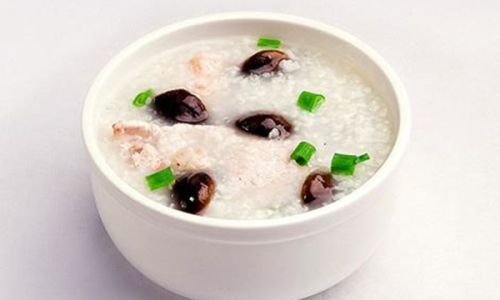
To make a homemade fish broth, simmer fish bones, heads, and tails with ginger slices, scallions, and a few whole black peppercorns. This not only extracts the delicate flavors of the fish but also adds a layer of complexity to the broth. Strain the broth to remove any solids before using it for the congee.
Section 4: Seasoning and Aromatics
Seasoning and aromatics play a pivotal role in enhancing the flavor of the snowfish congee. Traditional ingredients like ginger, garlic, and scallions are must-haves. Ginger adds a subtle warmth and helps neutralize any fishy odors, while garlic provides a savory depth. Scallions, both white and green parts, offer a fresh, oniony sweetness.
Other optional seasonings and aromatics include white pepper, sesame oil, and a touch of soy sauce. White pepper adds a gentle heat without overpowering the fish’s delicate flavor, while sesame oil introduces a nutty richness. Soy sauce should be used sparingly, as its strong flavor can easily dominate the dish.
Section 5: The Cooking Process
Now, let’s dive into the cooking process. Start by preparing the rice and broth. In a heavy-bottomed pot, combine the rinsed and soaked rice with the fish broth. The ratio of rice to broth can vary, but a good starting point is 1 cup of rice to 6-8 cups of broth for a creamy consistency. Bring the mixture to a boil over medium-high heat, then reduce the heat to low and simmer, stirring occasionally to prevent sticking.
As the rice begins to break down and release its starches, the congee will thicken. This process can take anywhere from 45 minutes to an hour, depending on the type of rice and the desired consistency. If the congee becomes too thick, you can add more broth to reach your preferred texture.
Section 6: Incorporating Snowfish
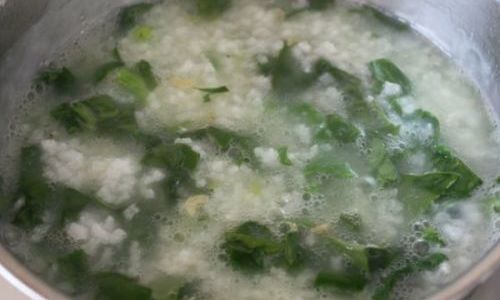
Once the rice has reached a creamy consistency and the grains are tender, it’s time to add the snowfish. Cut the fish fillets into bite-sized pieces, ensuring they are of uniform size for even cooking. Gently fold the fish pieces into the simmering congee, being careful not to break them apart.
Continue to cook the congee over low heat, stirring gently to prevent the fish from sticking to the bottom of the pot. The fish will cook quickly, usually within 5-7 minutes, depending on its thickness. You’ll know it’s done when the flesh turns opaque and flakes easily with a fork.
Section 7: Finishing Touches
As the snowfish congee nears completion, it’s time to add the finishing touches. Season with salt and white pepper to taste, being cautious with the salt as the broth may already be seasoned. Drizzle in a little sesame oil, swirling the pot gently to incorporate it without breaking up the fish.
For an added layer of flavor and texture, garnish the congee with chopped scallions, a sprinkle of chopped fresh cilantro, or a few slices of fried garlic. These toppings not only enhance the visual appeal but also add fresh, aromatic notes that complement the rich, creamy base.
Section 8: Serving and Enjoying
Serve the snowfish congee hot, ladling it into bowls and garnishing each serving with additional toppings as desired. A drizzle of soy sauce, a squeeze of lime juice, or a sprinkle of toasted sesame seeds can elevate the dish even further.
Pair your snowfish congee with simple sides like steamed vegetables, pickled vegetables, or a light salad to balance the rich flavors. It’s also wonderful served with a side of crispy fried shallots or garlic chips for added crunch.
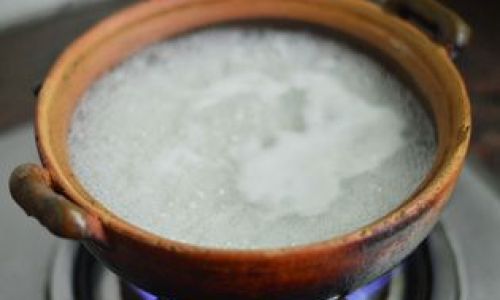
Section 9: Troubleshooting and Tips
- Preventing Sticking: To prevent the rice from sticking to the bottom of the pot, use a heavy-bottomed pot and stir the congee occasionally during cooking.
- Adjusting Consistency: If the congee becomes too thick, add more broth. If it’s too thin, continue to simmer uncovered until it reaches the desired consistency.
- Perfecting the Fish: Ensure the snowfish is cooked gently to avoid overcooking and drying out. It should be tender and moist.
- Flavor Balance: Taste the congee frequently as you cook, adjusting the seasoning as needed. Remember, a little goes a long way with soy sauce and salt.
Conclusion
Cooking delicious snowfish congee is a rewarding culinary endeavor that combines the simplicity of traditional porridge with the elegance of fresh seafood. By carefully selecting your ingredients, mastering the cooking technique, and adding thoughtful seasoning and garnishes, you can create a dish that is both comforting and sophisticated. Whether you’re serving it for breakfast, lunch, or dinner, snowfish congee is sure to delight your taste buds and warm your soul.
So, the next time you’re in the mood for a hearty, flavorful meal, give snowfish congee a try. With its creamy texture, mild fish flavor, and aromatic seasonings, it’s a dish that’s sure to become a staple in your kitchen. Happy cooking!
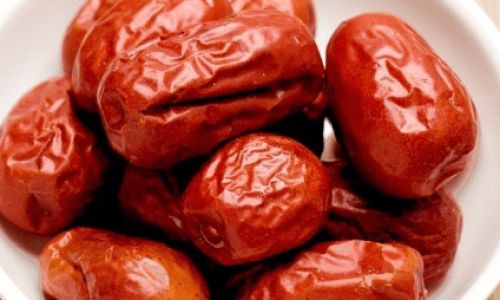
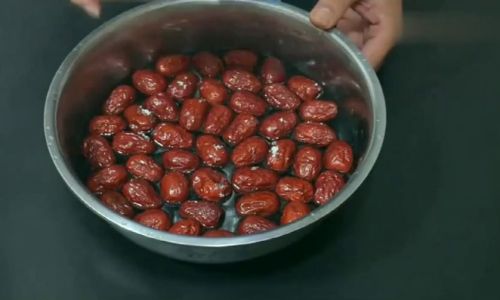
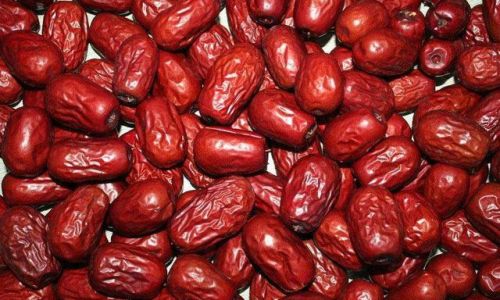

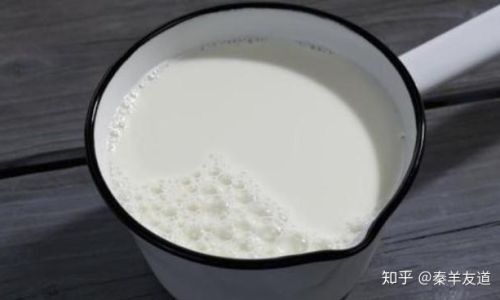

0 comments